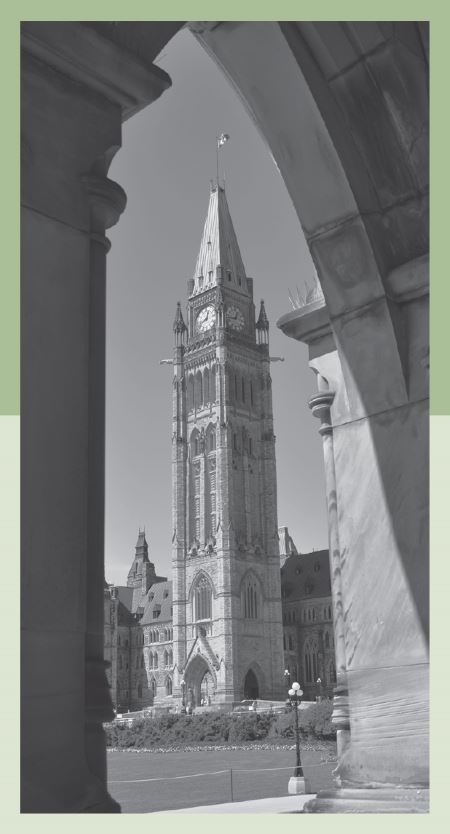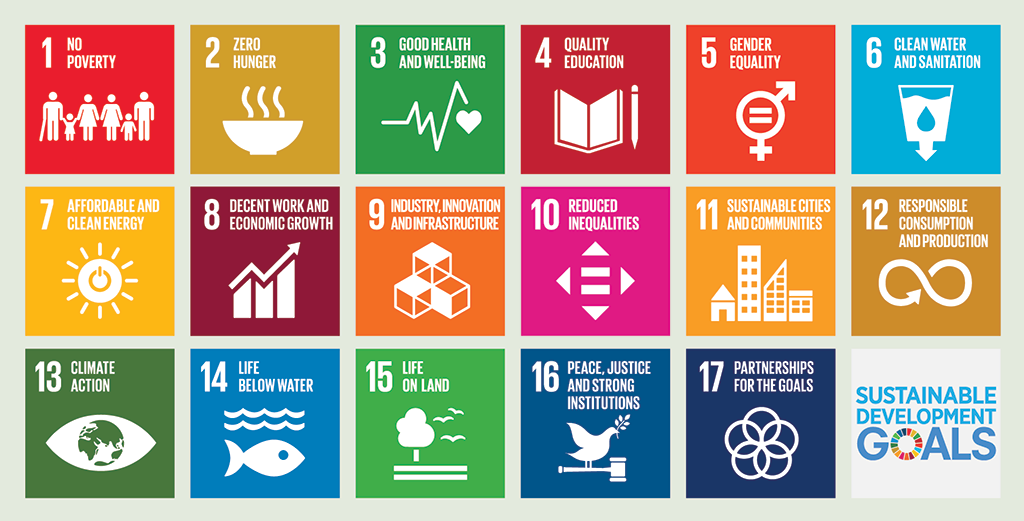
2018 Spring Reports of the Commissioner of the Environment and Sustainable Development to the Parliament of Canada The Commissioner’s Perspective
2018 Spring Reports of the Commissioner of the Environment and Sustainable Development to the Parliament of Canada The Commissioner’s Perspective
In 2015, members of the General Assembly of the United Nations, including Canada, adopted the 2030 Agenda for Sustainable Development (the 2030 Agenda)—an ambitious plan to work toward sustainability, prosperity for all, and reduced inequalities.
In 2017, Canada reinforced its commitment to the 2030 Agenda and highlighted the challenges it must face to achieve sustainable development in this country.
Those challenges include the need for reconciliation with Indigenous peoples and the need for reductions in carbon pollution while growing the economy.
In our spring 2018 audit on Canada’s preparedness to implement the 2030 Agenda—and in other audits—we found that the federal government is not ready to implement its commitments on sustainable development because three building blocks for success are not in place.
First, the federal government does not regularly balance the three pillars of sustainable development.
Second, there is a lack of leadership for many sustainable development activities.
Third, the federal government has not implemented the tools it already has to assess the impacts of policy decisions on sustainable development.
The 17 sustainable development goals of the United Nations’ 2030 Agenda for Sustainable Development

Source: United Nations
Text version
This exhibit shows the 17 icons of the United Nations’ sustainable development goals and the United Nations’ sustainable development goals logo. Each icon includes a goal number, name, and pictograph as follows.
| Goal number | Goal name | Pictograph description |
|---|---|---|
| 1 | No Poverty | Six people, including a man with a cane and a woman holding the hands of a child between them and another woman and man with a child between them |
| 2 | Zero Hunger | A steaming bowl of food |
| 3 | Good Health and Well-Being | A heart monitor reading ending in a heart symbol |
| 4 | Quality Education | An open book and a pencil |
| 5 | Gender Equality | A male symbol and a female symbol combined into one that encircles an equals sign |
| 6 | Clean Water and Sanitation | A glass of wavy water containing a large droplet symbol and an arrow pointing downward, indicating the water is draining out of the glass |
| 7 | Affordable and Clean Energy | A circular power button surrounded by rays and resembling the sun |
| 8 | Decent Work and Economic Growth | An arrow rising, falling, and rising again on top of three bars |
| 9 | Industry, Innovation and Infrastructure | Four cubic blocks with three forming an L shape and the fourth sitting on top of the middle block |
| 10 | Reduced Inequalities | An equals sign surrounded by four triangles positioned as arrows that point north, south, east, and west, respectively |
| 11 | Sustainable Cities and Communities | Four buildings of different shapes and sizes |
| 12 | Responsible Consumption and Production | An arrow in the shape of an infinity symbol |
| 13 | Climate Action | An eye whose iris is the Earth |
| 14 | Life Below Water | A fish under water |
| 15 | Life on Land | Three birds flying next to a tree on land |
| 16 | Peace, Justice and Strong Institutions | A bird holding an olive branch in its beak and standing on a gavel |
| 17 | Partnerships for the Goals | Five interlocking rings, together resembling a flower head |
Source: United Nations
Building Block 1—Balancing the three pillars of sustainable development
The 2030 Agenda calls for sustainable development that balances three pillars—the economy, society, and the environment. However, Canada’s Federal Sustainable Development Act and the related 2016–2019 Federal Sustainable Development Strategy, which is the government’s primary tool to plan sustainable development activities, are still not balancing the three pillars. They remain narrowly focused on the environment. The Act and the strategy do not put enough emphasis on either society or the economy.
The importance of balancing the three pillars is also highlighted in our spring 2018 audit on salmon farming. We found that the federal government had not managed the salmon farm industry to ensure that wild fish were sufficiently protected. In other words, in that case, the federal government favored the economic pillar over the environmental pillar. As a result, it again fell short on working to achieve sustainable development.
Building Block 2—Providing leadership
The federal government has not clearly defined the roles and responsibilities of the various federal organizations involved in preparing to implement the 2030 Agenda. In fact, five organizations are designated as co-leads for preparing for Canada’s implementation.
In my opinion, it is difficult to move forward with 10 hands on the wheel.
Some other countries have established leadership for the implementation of their 2030 Agenda commitments at the centre of government. For example, in Germany, the Head of the Chancellor’s Office chaired the State Secretaries’ Committee for Sustainable Development.
We also identified a lack of clear leadership on the part of Environment and Climate Change Canada in our spring 2018 audit on conserving Canada’s biodiversity. The Department did not effectively coordinate the actions of other federal organizations in a way that would allow Canada to achieve its 2020 biodiversity targets.
Furthermore, I received an environmental petition on the 2030 Agenda that touched on the Department of Finance Canada. The Department’s response was that the 2030 Agenda does not fall within its purview. However, in the Auditor General of Canada’s spring 2017 audit on inefficient fossil fuel subsidies, we found that the Department did have a role to play in Canada’s progress toward meeting Goal 12 of the 2030 Agenda (responsible consumption and production).
While Budget 2018 proposed to establish a Sustainable Development Goals Unit, we will have to wait and see if this unit will provide the leadership that Canada needs on sustainable development.
Building Block 3—Assessing impacts of policy decisions
The 2030 Agenda recognizes that government policies need to work together to achieve sustainable development. This means that governments need to develop and use tools that allow them to consider the impact of proposed policies on the three pillars of sustainable development.
The federal government has in place the Gender-Based Analysis Plus tool and the Strategic Environmental Assessment tool. These tools are intended for assessing and documenting the social and environmental impacts of policy proposals to help ministers understand the ramifications of the decisions that they are called to make.
However, in past audits, the Office of the Auditor General of Canada has reported weaknesses in the federal government’s implementation of these tools. For example, in 2017, we found that the federal organizations we examined applied the Strategic Environmental Assessment tool to only 22% of proposals submitted to an individual minister or to the Cabinet.
Conclusion
The federal government signed on to an ambitious undertaking when it committed in 2015 to implementing the 2030 Agenda for Sustainable Development. Our audit shows that three years in, Canada has yet to complete some of the fundamentals—such as establishing a governance structure and plan—to position itself to deliver on this international commitment.
This is not the first audit to show a lack of preparation to deliver on international commitments. Most recently, in our fall 2017 audit on reducing greenhouse gases and our spring 2018 audit on conserving biodiversity, we concluded that Canada was not likely to meet the international commitments it had made.
History shows a track record of missed targets and commitments going back several decades. The federal government committed to implementing the 2030 Agenda three years ago, but again, it is not ready to respect its international commitment. When will it be ready?